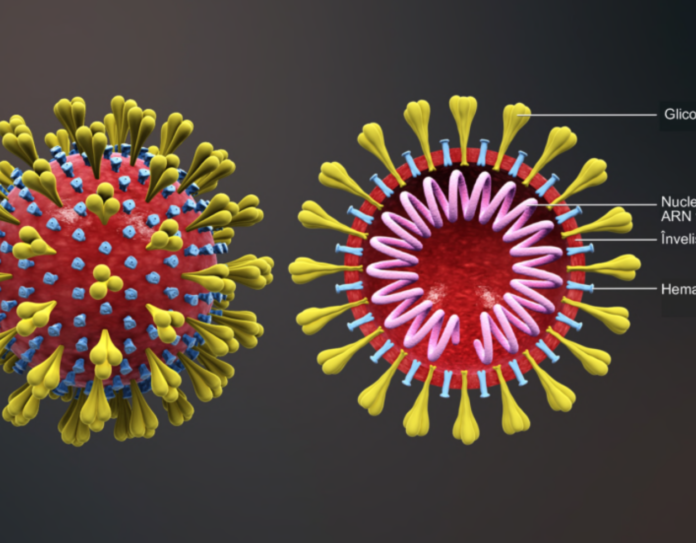On March 27, as the U.S. topped 100,000 confirmed cases of COVID-19, Donald Trump stood at the lectern of the White House press-briefing room and was asked what he’d say about the pandemic to a child. Amid a meandering answer, Trump remarked, “You can call it a germ, you can call it a flu, you can call it a virus. You know, you can call it many different names. I’m not sure anybody even knows what it is.”
That was neither the most consequential statement from the White House, nor the most egregious. But it was perhaps the most ironic. In a pandemic characterized by extreme uncertainty, one of the few things experts know for sure is the identity of the pathogen responsible: a virus called SARS-CoV-2 that is closely related to the original SARS virus. Both are members of the coronavirus family, which is entirely distinct from the family that includes influenza viruses. Scientists know the shape of proteins on the new coronavirus’s surface down to the position of individual atoms. Give me two hours, and I can do a dramatic reading of its entire genome.
But much else about the pandemic is still maddeningly unclear. Why do some people get really sick, but others do not? Are the models too optimistic or too pessimistic? Exactly how transmissible and deadly is the virus? How many people have actually been infected? How long must social restrictions go on for? Why are so many questions still unanswered?
The confusion partly arises from the pandemic’s scale and pace. Worldwide, at least 3.1 million people have been infected in less than four months. Economies have nose-dived. Societies have paused. In most people’s living memory, no crisis has caused so much upheaval so broadly and so quickly. “We’ve never faced a pandemic like this before, so we don’t know what is likely to happen or what would have happened,” says Zoë McLaren, a health-policy professor at the University of Maryland at Baltimore County. “That makes it even more difficult in terms of the uncertainty.”
But beyond its vast scope and sui generis nature, there are other reasons the pandemic continues to be so befuddling — a slew of forces scientific and societal, epidemiological and epistemological. What follows is an analysis of those forces, and a guide to making sense of a problem that is now too big for any one person to fully comprehend…
To read the entire article from The Atlantic, click https://www.theatlantic.com/health/archive/2020/04/pandemic-confusing-uncertainty/610819/


